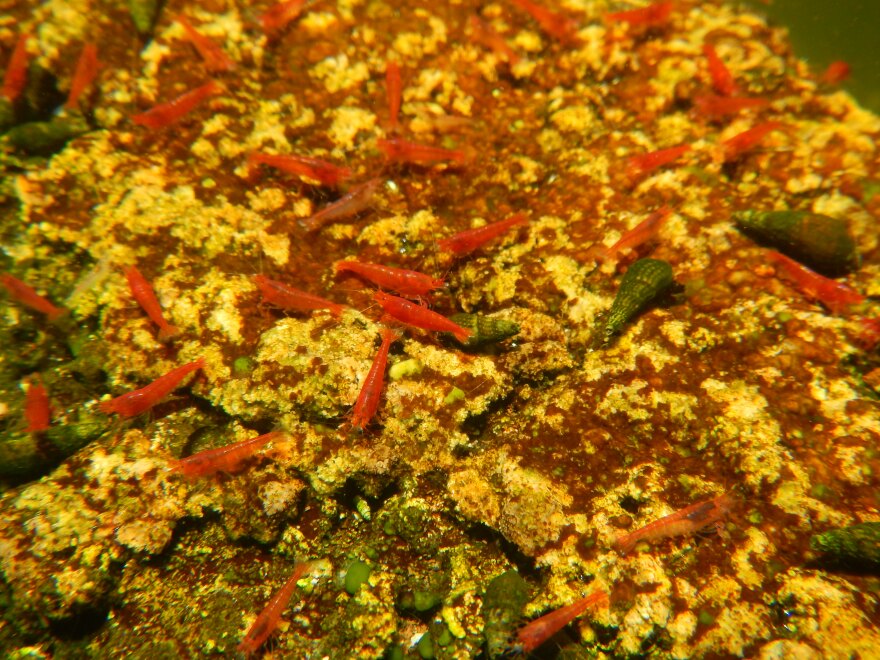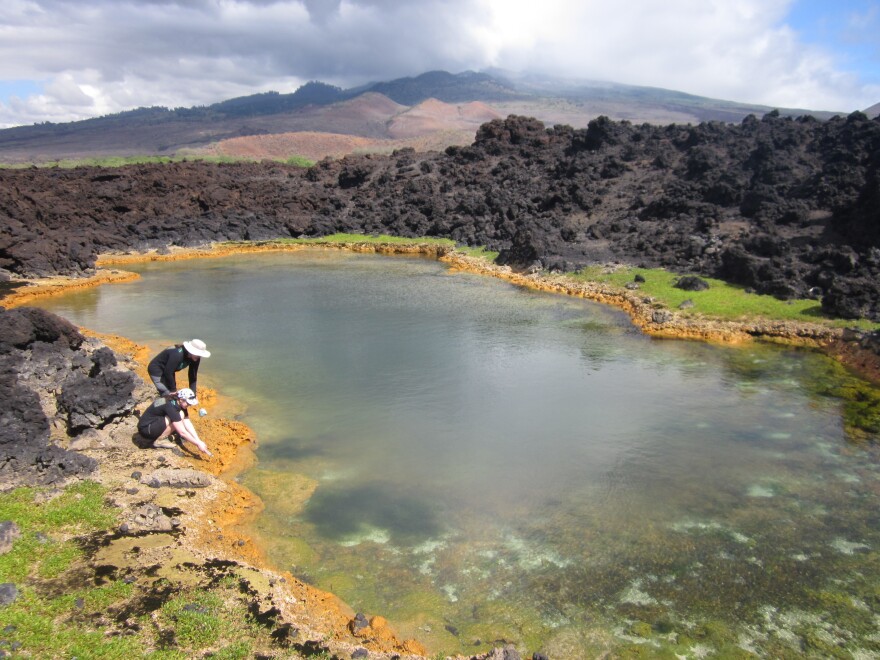You might remember the “EcoSphere,” a sealed glass aquarium containing soft coral, algae, and — the star of the show — a tiny red shrimp.

Justin Havird
That creature was a Hawaiian volcano shrimp, or ʻōpaeʻula, and scientists at the University of Texas at Austin have been studying these creatures to learn how species might adapt to climate change.
That’s because volcano shrimp live in anchialine ecosystems, warm water pockets formed by ponds or cracks in lava.
Justin Havird is a biology professor at UT Austin. He spoke with The Conversation about these shrimp, starting with a ghost story.
Read the study here.
This story aired on The Conversation on June 30, 2025. The Conversation airs weekdays at 11 a.m.




